Your Starting Point
To participate in the walk download a copy of the map or collect a copy from the Karrakatta Cemetery office near the main entrance. The walk is approximately five kilometres long and takes around three hours to complete. It is possible to start, leave or re-join the walk at any stage.
The Lodge and Waiting House
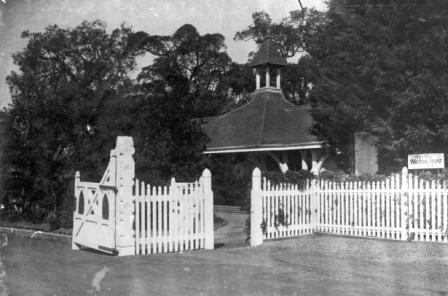
Inside the main gates of Karrakatta Cemetery off Railway Road are the Lodge and Waiting House. They were constructed in 1898-99 and are still in use today.
The Lodge was constructed by builder JS White for the cost of 498 pounds. Monday 24 April 1899 was fixed as opening day, and The Lodge was completed with few problems or delays, ready for the Superintendent to move in.
The Lodge has been home to a number of families and workmen at Karrakatta Cemetery. In 1993 it was moved 20 metres north to allow for the expansion of the administration offices, and restored back to the original size for use as administration and meeting areas.
The Board also planned a comfortable Waiting House for mourners to assemble while waiting for corteges to arrive. In 1905 a contract was awarded to George Temple Poole to design a suitable waiting house and public facilities at a cost of 406 pounds. The Waiting House has been modified over the years but is still used today as an assembly areas for mourners.
To start off the walk, proceed down the driveway from the Old Lodge building near the main entrance and follow the path to the right of the rose gardens to the first gravesite.
1. Dame Dorothy Tangney (c1907-1985) Educator and politician
Roma Catholic AC 294
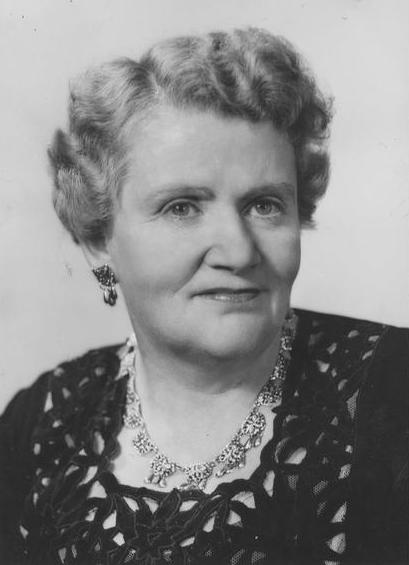
Dorothy Margaret Tangney was born in Perth, the third child of Ellen and Eugene Tangney, in a family of nine children. Her father was an engine driver, and her early years were spent in the mill towns of Marrinup and Holyoake. When the family moved to Fremantle she attended St Joseph’s Convent.
Dorothy Tangney was 13 when she passed the Junior Certificate, won a gold medal for music and passed the Alliance Francaise examinations. She matriculated at 15 and decided to study for the Bachelor of Arts degree part-time. At the completion of the degree she continued at the University of Western Australia as a post-graduate student for the Diploma of Education. She became a very able debater, was president of the Debating Society, served on many committees and was elected the first woman President of the Societies Council. In 1940, the Guild of Undergraduates conferred on her the Honorary Life Associateship of the Guild, the first woman student at UWA to be so honoured.
Dorothy Tangney entered politics in 1943 for the Australian Labor Party and created history as the first woman in Australia to be elected to the Senate. Her list of achievements from September 1943 were considerable. She was a courageous fighter for Labor’s cause and the plight of the disadvantaged, and many of her recommendations on their behalf are now enshrined in the law. She had a deep compassion for people and her home was always open for those in need.
Dorothy Tangney was created a Dame Commander of the British Empire in the Queen’s Birthday List in June 1968, the first Western Australian woman to receive this honour. She died in Perth in 1985 aged 78 years.
WA Women’s Hall of Fame Inductee 2011
2. Ruby Florence Hutchison (1892-1974) Activist, feminist and pioneer of Australian consumer movement
Roman Catholic KC 0135
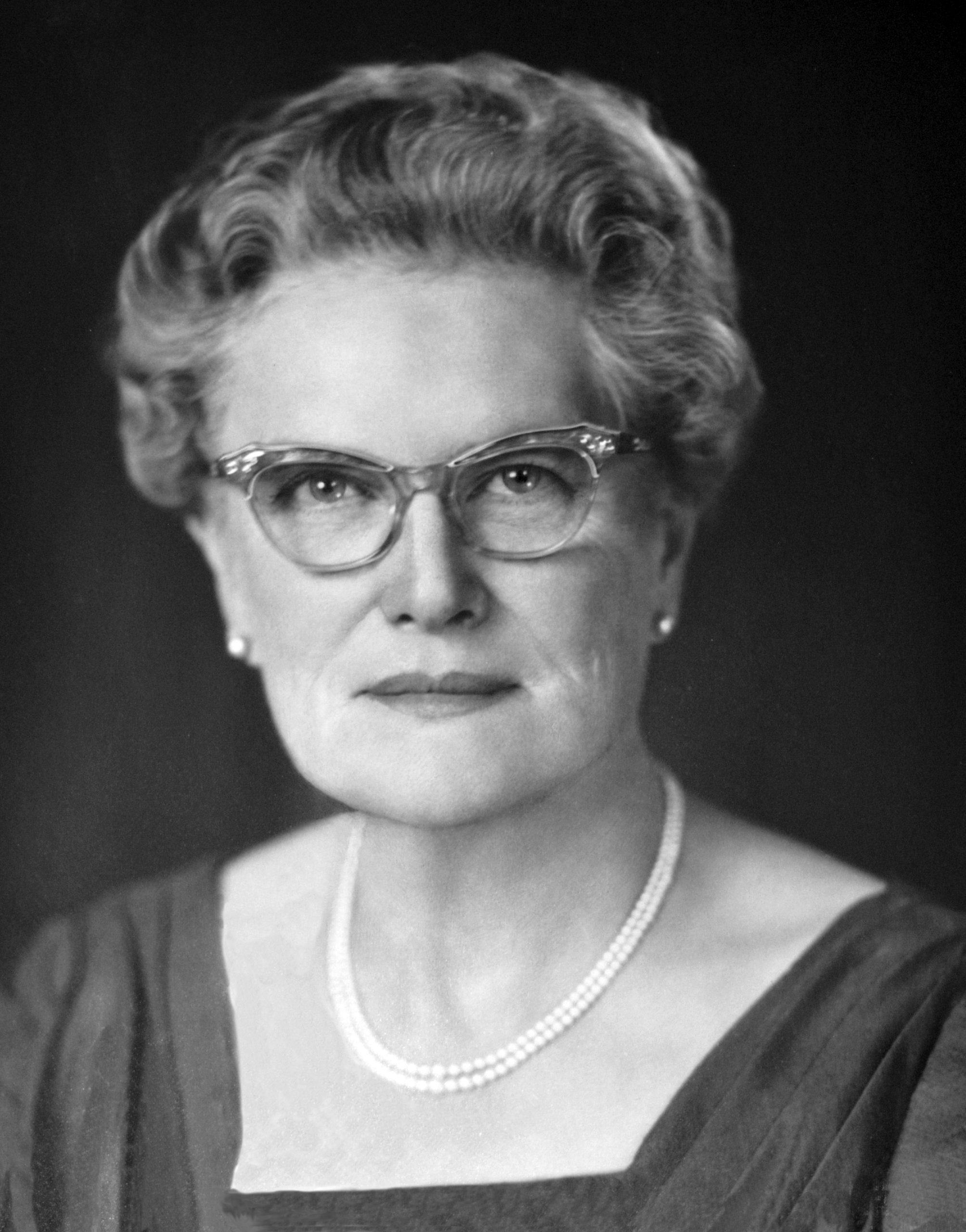
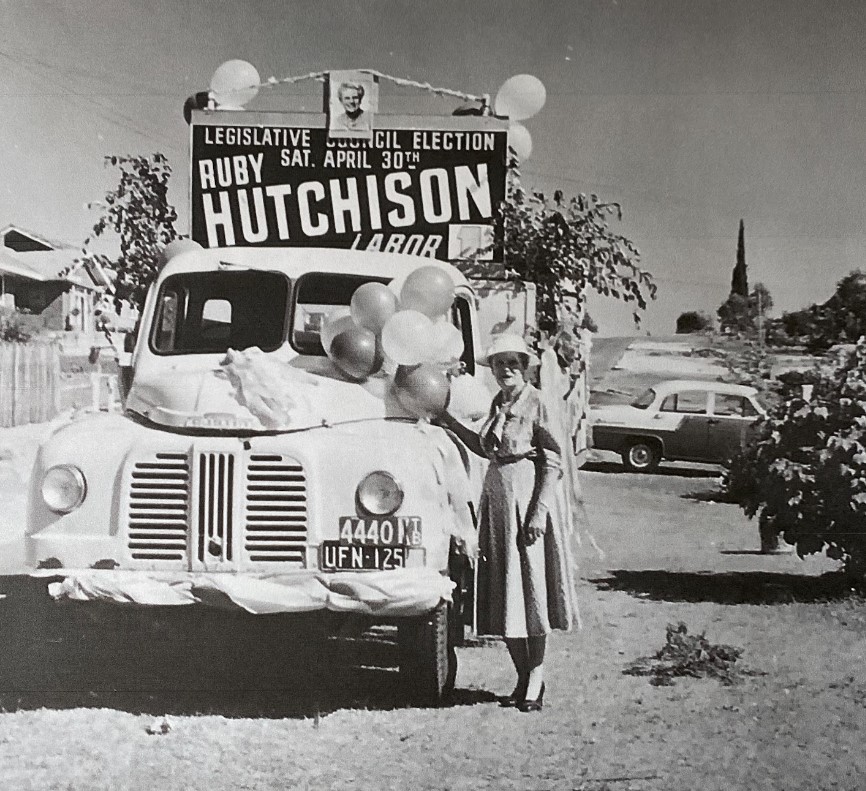
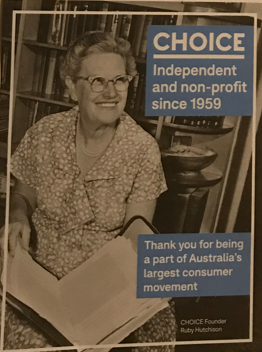
Ruby Florence Herbert was born in Footscray Victoria on 15 February 1892, the third of ten children to John George Herbert, goldminer and bookmaker and Florence Louisa Herbert, nee Atherton. When Ruby was four the family moved to the goldfields in Western Australia.
At 17 years of age, she married Daniel Buckley, a miner on 11 March 1909 in Meekatharra and they had seven children. In 1928 when her marriage dissolved, she ran boarding houses and did dressmaking in the city and inner suburbs to support her family. In 1938 she married Alexander Hutchison, a labourer.
Hutchison was elected to Western Australian Legislative Council on 8 May 1954 representing the Suburban Province for the Labor Party. She was the first woman elected to an Australian Legislative Council and only the fourth elected to WA Parliament. During her 17 years of service, she was the only woman MP in the chamber.
Hutchison was only the second woman to be suspended from Parliament after refusing to withdraw her remark that she was ashamed to be a member of such an undemocratic chamber, referencing the principles of the time regarding women’s abilities.
In 1959, together with other consumer activists, Ruby founded the Australian Consumers Association (ACA). The poor quality of post-war goods was the catalyst for Ruby to improve conditions and stop exploitation of consumers. Ruby recognised the fundamental fact that it is difficult for individuals acting alone to be effective. The first edition of Choice magazine was produced by ACA in 1960.
Hutchison successfully introduced a Private Member’s Bill to permit naturalised Australians to enrol for Upper House elections without waiting for the required year. Widowed in 1961, she married FRH Lavery on 14 May 1966, and became the first woman to serve with her husband in an Australian parliament. She retired on 21 May 1971.
She volunteered for Scouts and Girl Guides and was founder and first ‘chairman’ of the Women’s State Auxiliary of the Boy Scouts Association. Ruby died on 17 December 1974 at Sir Charles Gairdner Hospital in Shenton Park.
WA Women’s Hall of Fame Inductee 2016
3. Olga Woronoff (1893-1982) Russian aristocrat
Russian Orthodox BA 99
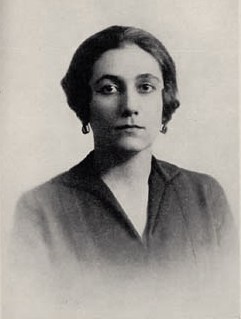
Olga Woronoff was born in Potchep, Russia, the daughter of Count Constantine Kleinmichel. Her memories of childhood and experiences of life in Russia before the Revolution of 1917 were published in a book, Upheaval, which she dedicated to her daughter, Tatiana. In the book she describes the deeply religious Russian Orthodox life of her aristocratic family.
Olga Woronoff was officially presented at Court to the Dowager Empress Marie and the young Empresses Olga, Tatiana, Marie and Anastasia. There she met her future husband, Paul Woronoff, a Lieutenant Commander in the Imperial Russian Navy, who served as an officer on Their Majesties’ yacht, Standard.
In early 1914 she married Paul Woronoff, in the Feodorovsky Cathedral at Tsarskoe Selo. The Tsar and the Empress fulfilled the traditional roles of representing the parents of the married couple. In her book, Olga Woronoff described in detail the frightening period of the Great War and subsequent Revolution. Eventually she and her husband, who fought with the White Army, escaped on an English steamer, Hanover, to Constantinople and then on to Paris, where their daughter Tatiana was born. They were joined in Paris by Olga’s mother and three sisters. The family later emigrated to the USA and then to Australia.
Olga Woronoff wrote the book of family memories, Upheaval, for a daughter she knew would never know the Russia of her parents’ youth, nor the aristocracy of pre-Revolution days.
4. Sith Annie Chesters (c1865-1954) “Wood Lady of Subiaco”
Church of Christ AA 143/144
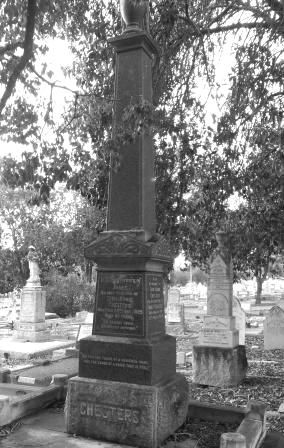
Sith Chesters was always elegantly attired, usually donning large picture hats and white gloves. She was married to James Chesters, a well-known builder in Subiaco, and Mayor of Subiaco from 1910-1912. He also served for a time as Trustee on the Karrakatta Cemetery Board.
The Chesters had no children, and when James died in 1929, his wife gradually withdrew from society, firstly selling their home and moving into a small house on the edge of King’s Park and living, it seems, only on what she had before her husband died.
In August 1940, Sith Chesters made a unique contribution to the World War II effort, purchasing two Spitfire fighter planes at the cost of 8,500 pounds to be kept in England and used in the Battle of Britain, and a training plane costing 1,750 to be used by Australian pilots.
She lived into her 80s and suddenly people realised she just wasn’t around anymore. Sith Chesters was one of the unusual characters and eccentrics of Perth. She lived with the utmost stringency but was generous to charitable causes. When she died she left many charitable bequests including funding for medical scholarships at the University of Western Australia.
5. Margaret Hubery (1929-2015) Nurse and administrator
Lawn K 0006
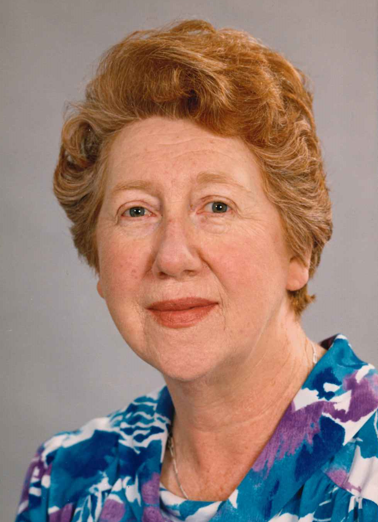
Margaret Joyce Foley was born in 1929. She undertook general training at Royal Perth Hospital and completed her midwifery training at Crown Street Women’s Hospital in Sydney. Margaret was later awarded a scholarship to study nursing administration at the College of Nursing in Melbourne.
Margaret married Percy Hubery in 1967 and spent seven years on a dairy farm in Bridgetown where she had two daughters. She maintained her nursing interests by establishing a Silver Chain District Nursing Service, running a Red Cross First Aid Post and serving on the Bridgetown Hospital Board. She later became the first female president of Silver Chain and served as a member of the Silver Chain Board of Management.
In 1978 she was appointed to the position of Director of Nursing at Mt Henry Hospital for the Aged and six years later, in the place where she trained as a nurse, was appointed Royal Perth Hospital’s Director of Nursing.
Margaret was dedicated to taking care of the elderly at Southern Cross Care (WA) Pty Ltd and was on the Southern Cross Care Board from 1985 to 2005 and its first female member. She was Chairman of the Board from 1997 to 1999.
In 1993 Margaret was recognised for her service to nursing and the community, receiving the honour of Member of the Order of Australia.
Margaret spent the last two years of her life living in the aged care facility named in her honour. In the words of her daughter Louise, “Margaret Hubery was a remarkable woman, who lived an extraordinary life. Her faith was a strong and constant source of guidance, inspiration and comfort throughout her life”.
Margaret passed away at Hollywood Private Hospital on 3 January 2015 aged 86.
WA Hall of Fame Inductee 2015
6. Lois Joy Gatley (1944-2016) Social worker
Serenity Gardens AP 0008
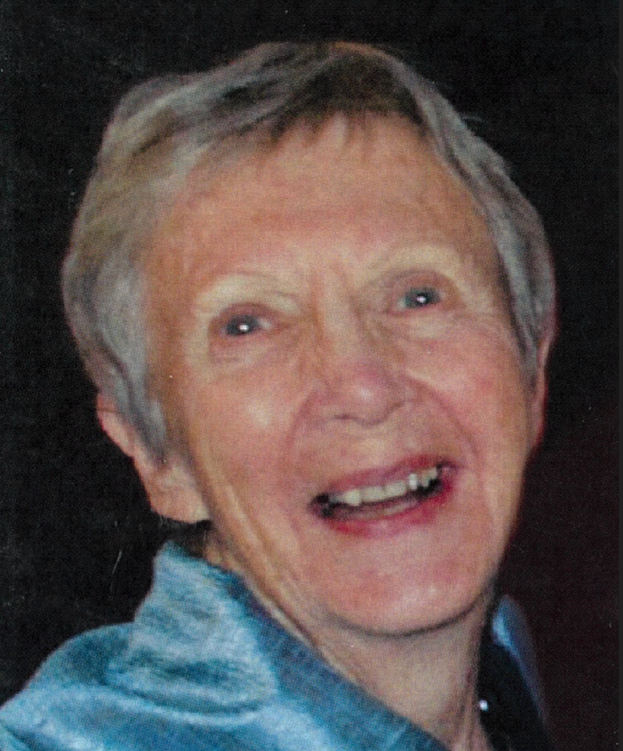
Lois was first employed by the Department of Child Welfare, and then trained as a nurse at St John of God Hospital in Subiaco. At the age of 30, Lois commenced undergraduate study in Social Sciences at Curtin University.
After graduating, Lois dedicated her life’s work to supporting women at risk, and advocating for people who lived with disabilities and support for their carers.
She was appointed the first Chair of the Western Australian Carers Advisory Council and was instrumental in the creation of Carers Recognition Act 2004, the first in Australia and modelled by three other States.
Lois was a delegate of Carers Australia.
In 2013, Lois was diagnosed with lung cancer and her final cause was dedicated to campaigning against the stigma directed at lung cancer patients and the lack of funding for this type of cancer.
Lois passed away on 23 July 2016 aged 71.
WA Women’s Hall of Fame Inductee 2011
7. Mary Alice ‘May’ Holman (1893-1939) Politician
Roman Catholic AA 422
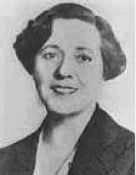
May Holman was born in Broken Hill, New South Wales and came to the Murchison Goldfields with her family in 1896. She was convent-educated in Dongara, a coastal town south of Geraldton, and Perth. Her mother was active in the Labor Women’s organisations and her father was the Secretary of the State branch of the Timber Workers’ Union from 1908-1925 and a Labor member of the Legislative Assembly from 1901-1921.
May Holman assisted her father in union affairs and after his death in 1925 she won the by-election for the blue ribbon seat of Forrest. She became the first Labor woman parliamentarian in Australia, and retained her seat through four elections. She represented the interests of families in the small timber settlements of her electorate, and spoke passionately on the lack of medical care, housing, schooling and the dangerous working conditions in the timber industry. She was responsible for the Timber Regulation Act 1926.
Although not considered a radical, she fought for many reforms. She worked for equal citizenship rights for women, equal pay for men and women, child endowment, raising the school leaving age to 16 and for improvements in the training and working conditions for female domestic servants.
May Holman opposed non-British migration and supported an isolationist foreign policy. In 1938 she was an advocate for the Royal Commission that was set up to look into sanitation, slum clearance, health and housing regulations in Perth. She was killed in a car accident on the day of her re-election to Parliament on 20 March 1939.
WA Women’s Hall of Fame Inductee 2011
8. Ada Bromham (1880-1965) Women’s temperance activist
Garden of Remembrance 20A
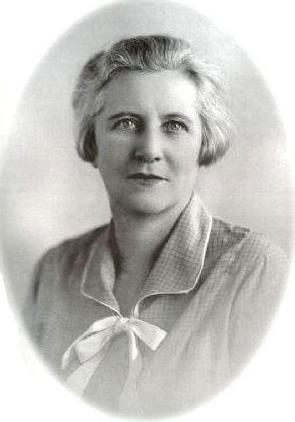
Ada Bromham was born in Victoria, the daughter of a blacksmith and miner. The family came to Western Australia in 1893. In 1908 she formed a partnership and founded a Claremont drapery store. The business prospered and by the 1920s Ada Bromham’s financial situation permitted her to pursue her feminist and temperance interests.
She held office in the Women’s Service Guild, the WA Temperance Alliance, the Australian Women’s Equal Citizenship Federation and the Australian Federation of Women’s Societies. In 1926 she attended the International Suffrage Alliance Congress in Paris and led the Australian delegation to the British League on Emigration. She contested the Claremont seat for the State Parliament in 1930.
Ada Bromham moved to Melbourne in 1934 and devoted her efforts to the national office of the Women’s Christian Temperance Union (WCTU) in Victoria and South Australia. She was committed to the Chinese-Australian Friendship Society and joined the peace delegation to Peking in 1952. She returned to Perth in 1959 and worked for Aboriginal welfare.
As the Australian representative for the World WCTU, Ada Bromham fought State and Commonwealth ministers to improve conditions for Aboriginal and Torres Strait Islanders.
WA Women’s Hall of Fame Inductee 2016
9. Edith Dircksey Cowan (1861-1932) Activist and politician
Anglican BA 458
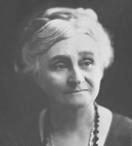
Edith Cowan was born into a York pioneering family. In 1868, when Edith was only seven years of age, her mother died giving birth to her sixth child. Edith and her older sister were sent to school in Perth. By the time she was 18, Edith had lost both parents and was married to James Cowan. The loss of both parents at a young age greatly influenced Edith and led to her commitment to protecting the vulnerable in society.
Edith and James had five children. During their married life they resided in Malcolm Street, West Perth and the beachside community of Cottesloe.
Edith Cowan was a leader of many social welfare and women’s rights organisations from the mid-1890s to her death. She is well remembered for her commitment to the Karrakatta Club, the North Fremantle District Board of Education, Children’s Protection Society, House of Mercy, Women’s Service Guild and the National Council of Women. Edith Cowan was a Justice of the Peace and a member of the bench of the Children’s Court.
During World War I, Edith Cowan worked for the Recruiting Committee, the Red Cross, and the soldiers’ welfare committees. She was awarded an O.B.E. for this work in 1920. She also joined with other women to claim the rights of full citizenship including the right to sit in Parliament. Full franchise was granted in 1920.
Edith Cowan was elected to the Legislative Assembly in 1921 as a Nationalist member for West Perth. She was the first woman member of any Australian Parliament. Her considerable experience and career in public life and committees enabled her to work effectively in Parliament. She pursued women’s interests with dignity and determination, despite the inevitable derision and opposition from male representatives in the house. In the 1924 elections, the West Perth business interests opposed her, some of her reforms were opposed by previous women supporters, and Edith Cowan was defeated.
When she died in 1932, her colleagues erected a clock tower memorial in her honour at the gates of Kings Park, a prominent location that emphasized her stature as Western Australia’s most important woman of her time. In 1991 her contribution to public service was further memorialised when the Western Australian College of Advanced Education became the fourth university in Western Australia and re-named Edith Cowan University.
WA Women’s Hall of Fame Inductee 2011
10. Dr. Roberta Jull MD (1872-1961) Medical practitioner
Anglican AA 0296
Roberta’s ashes are scattered over the grave of her husband.
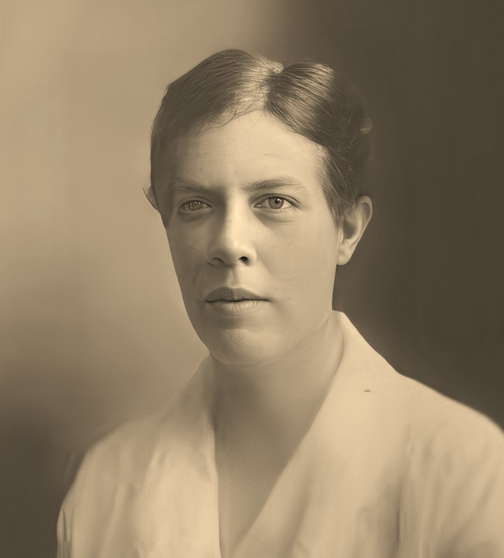
Roberta Henrietta Margaritta was born 16 August 1872 in Glasgow Scotland, the second of four children to Robert Stewart and Isabella Henrietta (nee Fergusson). Encouraged by her father who believed in equal opportunity for men and women, she realised her ambition to study medicine at Glasgow University. Excluded from lectures for male students, the women attended Queen Margaret College and the Royal Infirmary. Her experience with discrimination was a powerful influence in her life’s work supporting women.
In 1896 after an extra year studying diseases of the eye, Roberta graduated M.B, C.M amongst the first 12 women to qualify for medicine in Glasgow. In November of that year, she joined her brother’s practice in Guildford, Perth and became the first woman to practise medicine in Western Australia.
In 1897, Roberta joined the Karrakatta Club for Women, a social group of women dedicated to social reform. Roberta set up a practice in Armadale, the first woman to do so. In 1898 Roberta married Martin Edward Jull who would later become the first Public Service Commissioner for WA. Their only child, Henrietta Frances born 1901, became distinguished writer Henrietta Drake-Brockman.
From 1909 she became a foundation member of the Children’s Protection Society and of the Women’s Service Guild and in 1913, became a member of the Western Australian National Council of Women. In 1917 after the death of her husband, Dr Jull became a medical officer for schools with the Department of Public Health.
Roberta died on 6 March 1961 aged 88 in Subiaco.
WA Women’s Hall of Fame Inductee 2012
11. Grace Vernon Drake-Brockman (1860-1935) Heroine
Anglican EA 11B
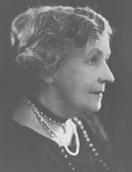
Grace Drake-Brockman (nee Bussell) was a member of an early settler family. The name of the south west town, “Busselton” is derived from the family name. Grace became a young heroine at the age of 16 when, together with Aboriginal stockman Sam Isaacs, she rescued women and children from the surf off Calgardup Bay, south of Prevelly.
These people were passengers on the S.S. Georgette, which ran aground on 1 December 1876. Grace headed into the surf on horseback and together with Sam Isaacs, managed to pull a number of the shipwrecked passengers to her home, Walcliffe House, giving them food and shelter.
News of the incident spread and Grace was awarded a silver medal and a gold watch by the Royal Humane Society. It is said that the story prompted Frederick Slade Drake-Brockman to ride from Perth to meet Grace. They married in 1882.
12. Lady Margaret Elvire Forrest (1844-1929) Botanical artist
Anglican EA 22E
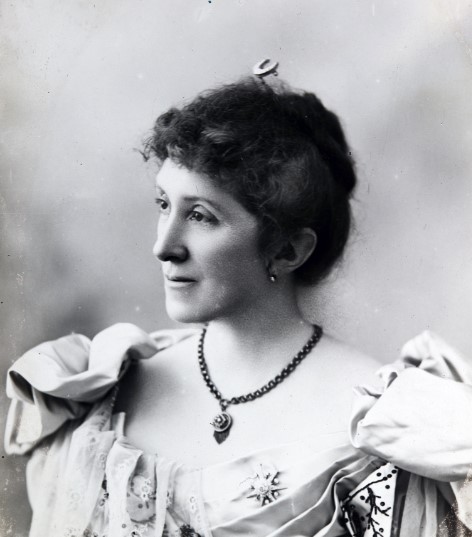
Lady Margaret was born in Le Havre in France on 22 October 1844 to prominent parents Edward and Anne Louise Hamersley (nee Corneille). The family returned to the Swan River Colony in 1850. She married John Forrest in February 1876 and became heavily involved in political life.
Lady Margaret had a great interest in the fine arts and was an accomplished painter of wildflowers. After her death on 13 June 1929, her collection was bequeathed to the Art Gallery of Western Australia.
In Western Australia, Mt Margaret and Mt Elvire, located between Laverton and Leonora, and Margaret River and Elvire River in the Kimberley, are named in her honour.
WA Women’s Hall of Fame Inductee 2021
13. Bessie Mabel Rischbieth (1874-1967) Women’s rights advocate
Anglican EA 78A
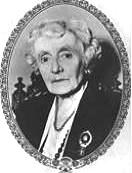
Bessie Rischbieth was born in South Australia and settled in Perth after her marriage. She became involved in the social welfare and women’s rights groups that were active in the early 1900s. For many years she was either President or Vice President of the Women’s Service Guild.
Like her contemporary, Edith Cowan, Bessie Rischbieth was active in campaigns for a public hospital for women, kindergartens and for women police and justices of the peace. In 1920 she became editor of a new paper, The Dawn, published by the Women’s Service Guild. She used this paper to promote a coordinated federal women’s organisation, called the Australian Federation of Women Voters, of which she was President from 1921-1942.
In 1923 she led the first Australian delegation to the Rome Congress of the International Women’s Suffrage Alliance. She was the leader and member of many subsequent delegations to various congresses.
Bessie Rischbieth was always a forceful and determined woman. Her leadership style was increasingly challenged after World War II, when the Federation of Women Voters was eclipsed by new feminist groups. She maintained her involvement in social issues to the end of her life.
WA Women’s Hall of Fame Inductee 2011
14. Annie Dorrington (1866-1926) Artist and Australian flag designer
Anglican MA 524
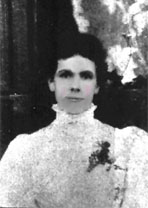
Annie Dorrington was the only woman to share first prize in a world-wide competition to create a winning design for the Australian National Flag, and the only Western Australian to be bestowed this honour.
Born in Berkshire, England, Annie migrated to Victoria in 1890. Two years later she married Charles Dorrington and in 1895 they moved to Perth. Her love of Western Australia is reflected in 124 exquisite wildflower paintings, now held by the Art Gallery of Western Australia.
Annie died in 1926 and was buried in an unmarked grave at Karrakatta Cemetery. The grave was discovered by the Australian National Flag Association (WA) Inc. in 1998. Today, thanks to the efforts of the Association, a handsome memorial monument stands on what was previously bare sand. The grave was consecrated in 1999 by the Dean of Perth, Dr John Shepherd, to honour this remarkable and talented woman who contributed so much to Australia’s heritage.
15. Mary Ann Millsteed (1887-1949) Pioneer settler
Anglican WG 0780
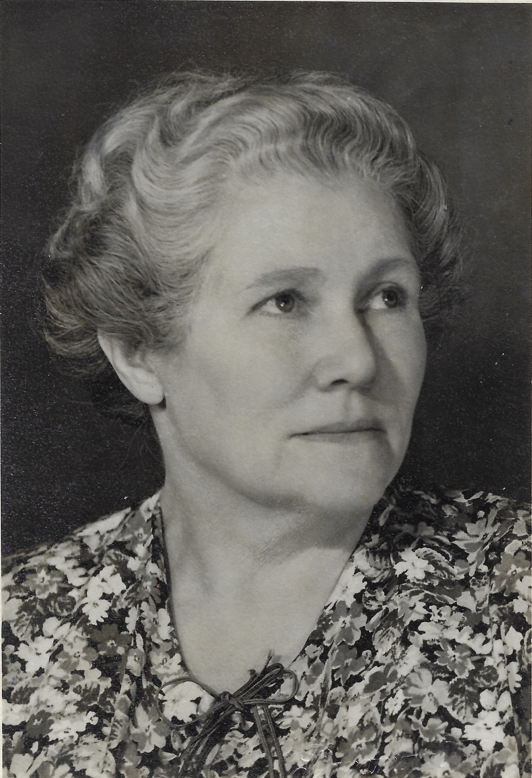
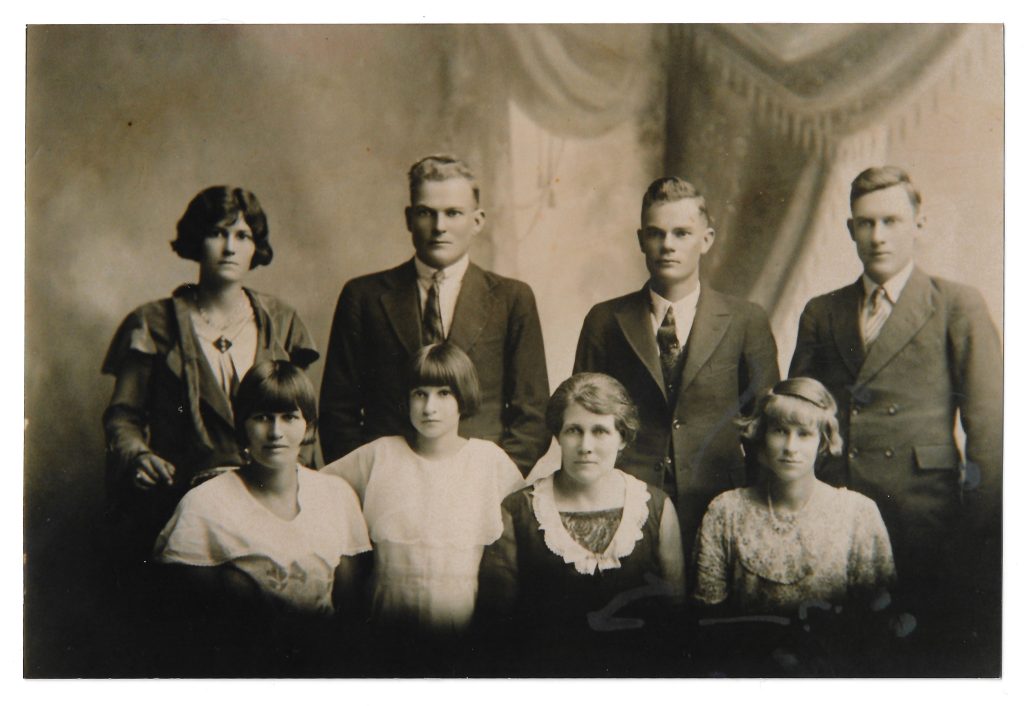
Mary Ann was born in Northam on 20 December 1887 to George and Mary Ann Gale (nee Christmass), one of 15 children. In 1907 Mary married William Henry Millsteed, aged 19. They had eight children.
Mary’s working days were backbreaking and long. All domestic chores were manually completed, from gathering wood for the fire to boiling water for the copper, washing clothes on a washboard, and ironing with flat irons as well as rudimentary schooling for the children. Farm work was tasked with a horse and plough.
There were no roads, no railway and no established water supply. The township consisted of one shop. Life as a pioneer woman was extremely difficult.
The family’s initial house was a timber frame made from trees off the property and hessian bags sewn together for walls. Summers were extremely hot and winters were cold. The nearest water source was a natural well over two kilometres away from the homestead. Each day Mary would visit the well and return with a bucket full of water to provide for the family and animals.
With a lack of medical services in the area, Mary became the district surrogate midwife, making herself available all hours of the day and night to assist women bringing a new life into the world.
Mary played a significant role in establishing the Wongan Hills Progress Association, campaigning for local amenities, schools, railway and a regular mail service.
Enduring the harsh conditions of rural Western Australia, Mary succumbed to illness in her fifties and passed away 30 September 1949 aged 61.
WA Women’s Hall of Fame Inductee 2021
16. Roseann Fuhrmann MBE (1883-1976) Community activist and Justice of the Peace
Anglican WF 0095
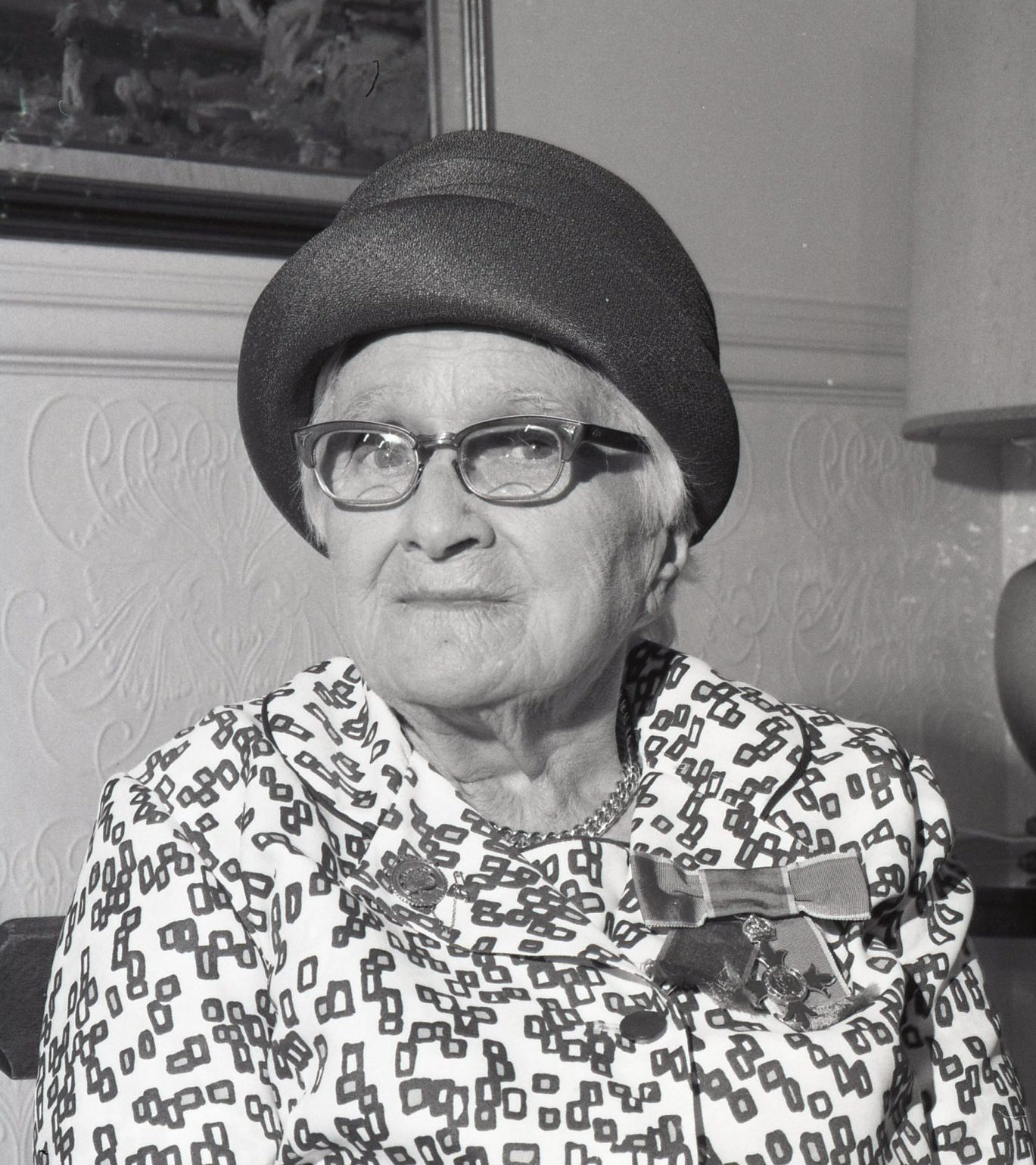
Roseann Bridget Johnson was born in Jarrahdale in 1883, daughter of William Johnson, a baker and Martha Jane, nee Hatchford. In 1898 she married Franklyn Washington Fuhrmann, a horse driver and later an iron worker. They had four daughters and three sons.
Roseann was an anti-conscriptionist and active for many years with Labor Women’s Organisation WA. During the Great Depression she was secretary of the Unemployed Women and Girls Committee, finding work for over 5000 females in WA.
Roseann Fuhrmann was Western Australia’s first female Justice of the Peace and first female councillor for City of Subiaco, serving 18 years.
Roseann advocated for the use of local products to boost local employment as Secretary of Women’s Economic Council and served on Children’s Protection Society for much of her life. She was founder and honorary secretary of Parents and Children’s Association WA from 1921 to 1954.
In 1969 Roseann was voted outstanding woman of the year for lifetime service to the community and in 1970 was made a life member of the Australian Labor Party. In 1975 Roseann received an MBE for her service to the community of Western Australia. She passed away in 1976 from cardiac complications.
WA Women’s Hall of Fame Inductee 2017
17. Eliza Tracey (1842-1917) Soapbox orator
AN NC 176
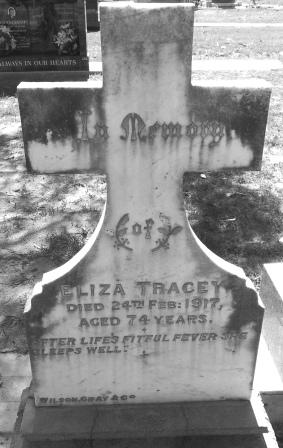
Eliza Tracey arrived in the colony in 1859 and married James Tracey, an illiterate labourer and ex-convict. They were often in trouble over non-payment of debts. For the remainder of her life Eliza Tracey contested lawsuits, petitioned parliament for redress and continued a vendetta against the legal fraternity.
Eliza Tracey was a public figure, well known for her soapbox oratory on the Esplanade most Sundays. She harangued the citizens of Perth about thieving lawyers and the topical issues of the day.
18. Nurse Alice Maud Mary Stockley (1866-1945) Pioneering midwife and founder of Swan Maternity Hospital
AN HA 0127
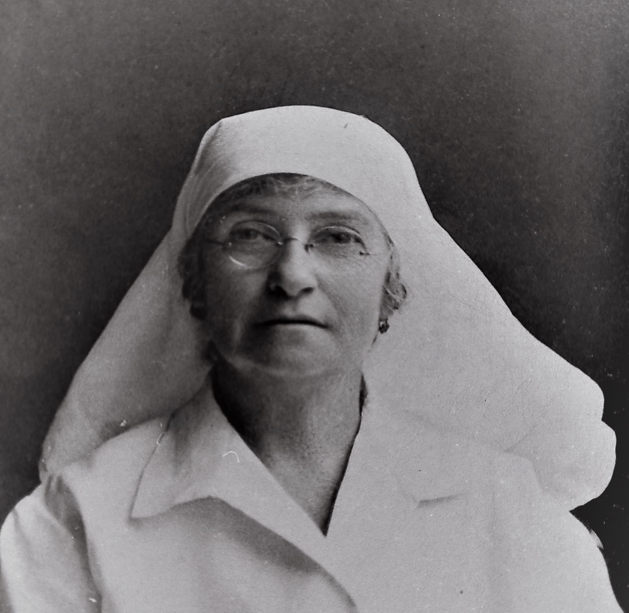
Nurse Alice Stockley was a registered midwife who arrived in Fremantle in 1907 with her husband and four children. Within a few years she started a practice at 47 Newcastle Street in East Perth, which also served as the family home.
After being abandoned by her husband, Alice supported her four children while building Stockley Maternity Hospital in West Perth, (later renamed Swan Maternity Hospital), three years before King Edward Maternity Hospital opened.
Over the years she established another hospital, Highercrombie Maternity Hospital at 572 Newcastle Street. In 1944, she retired aged 78 and died a year later. She was honoured in an obituary praising her fortitude and life’s work as a midwife.
WA Women’s Hall of Fame Inductee 2021
19. Grace Sydney Vaughan (1922-1984) Social worker and politician
Garden HC C 0004
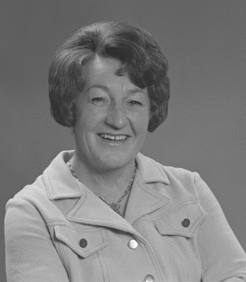
Grace Sydney Ingram was born 1 April 1922 in Neutral Bay Sydney. She left school at age 14 after passing the Intermediate certificate. Grace worked as a clerk-typist and trainee nurse before marrying Walter Septimus Vaughan, a wool classer in 1942. Grace raised three children and returned to formal education in 1962, studying social work.
Moving to Perth, Vaughan worked for the Child Welfare Department as a family welfare officer from 1969-71, and as a social worker for Department for Community Welfare from 1972-73. In 1973 she was seconded to Australian Social Welfare Commission as a consultant. She completed degrees in arts and social work at the University of Western Australia (UWA).
In 1974 Vaughan was elected to the Legislative Council representing the Australian Labor Party bringing the number of women in the council to three. Vaughan was a politician whose activism was grounded in personal experience of poverty and was a powerful advocate for job creation.
Vaughan divorced in 1975 and married George Herbert Yewers in the same year. She continued to use the surname Vaughan in public life and in 1980 lost her seat in the Legislative Council due to redistribution.
Vaughan died unexpectedly of liver complications on 21 January 1984. Tributes from university, political and social work colleagues praised her activism, her tremendous capacity for work and her sensitivity to the needs of the disadvantaged. Grace Vaughan House within the health service and a scholarship at UWA have been named in her honour.
WA Women’s Hall of Fame Inductee 2022
20. Mary Jane Levitzke (1884-1969) ‘Mother to the Deaf’
Anglican KA 0255
Anglican KA has undergone cemetery renewal*
Headstone is located on AN GA Memorial Wall
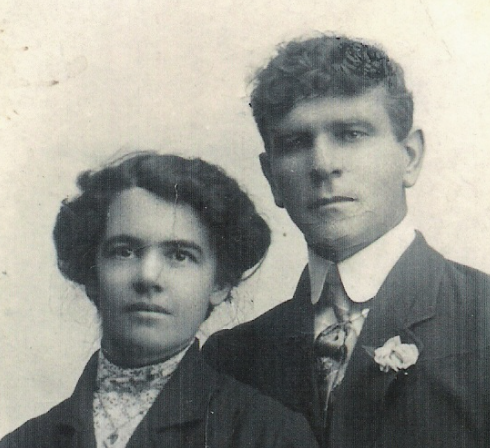
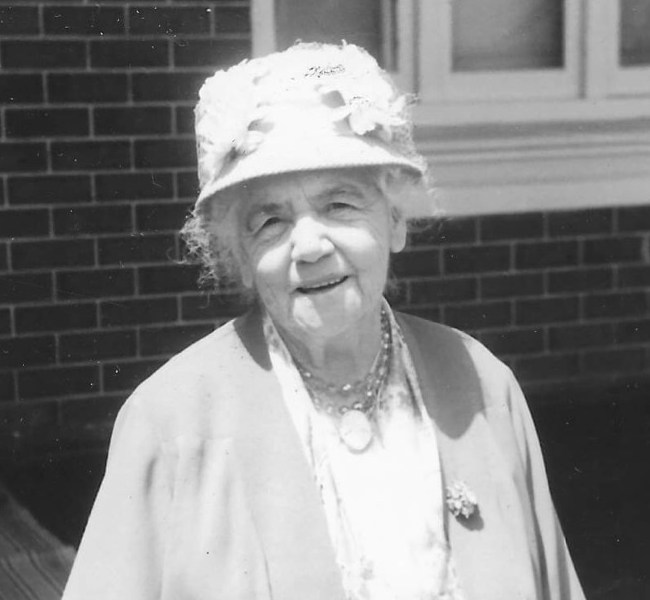
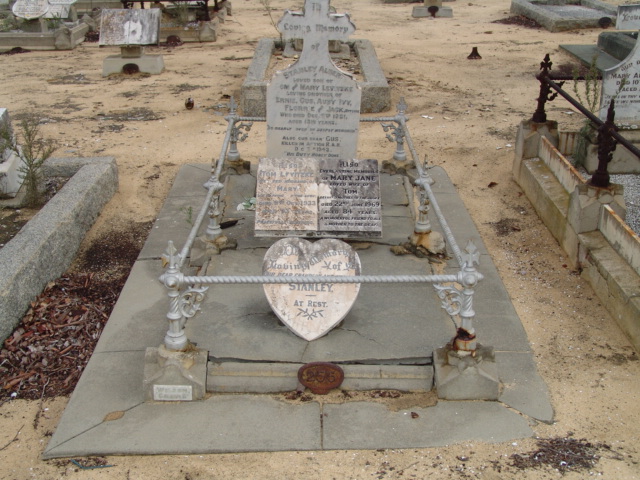
Mary Jane Sherlock was born 1 August 1884 in Blackburn Victoria, one of eight children born to John and Emily Sherlock. The family moved to Western Australia when Mary was aged 19.
Mary married Gotthardt (Tom) Levitzke and they had eight children. Three of their sons, Ernest, August and Richard were born profoundly deaf.
There were no formal facilities for adult deaf people in WA, however Mary and Tom’s home in Midland was known as a ‘Home for the Deaf’; a place where young deaf adults were welcomed and met informally.
On 9 July 1921, Mary’s eldest son Ernest was one of 12 deaf people that met to formally establish the ‘Western Australian Adult Deaf Society’.
Mary became a Board Member of the Society in 1931 and served on the Board for 21 years.
In 1934, Mary was a member of the special building committee which led to the purchase of the Society’s first premises; Stanmore House at 292 Hay Street Perth.
In 1935, now a widow, Mary became a resident caretaker of Stanmore House, providing a diverse range of services to the Deaf Community of Western Australia for 14 years. As stated in the article in the Daily News in 1954, Mary was “the Society’s first on-the-spot guide, philosopher and friend.”
Mary was awarded Life Membership to the WA Deaf Society in 1969. On 22 June of the same year Mary died in Hollywood Hospital after suffering a stroke.
A pioneer member of the WA Deaf Society, Mary is fondly remembered as ‘Mother to the Deaf’. Mary’s legacy of service to the Deaf Community of Western Australia has continued through the generations of the Levitzke Family.
WA Women’s Hall of Fame Inductee 2023
*Cemetery Renewal involves renewing older parts of the cemetery to make space for new graves. No remains are disturbed in the process. Where possible, headstones are preserved and relocated to the nearest memorial wall within the same denominational area.
21. Sr. Katherine Clutterbuck (1861-1946) “Mother” to orphaned children
Anglican FC 309A
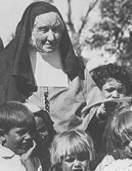
In response to a plea for assistance from Bishop Parry, Sister Kate Clutterbuck brought a group of Kilburn Sisters of the Church of England to Perth in 1901, together with 22 English orphans. The sisters’ goals were to establish a school and, more importantly, a home for infant waifs who would otherwise be abandoned to the often neglectful care of baby farms.
In 1903, the Waifs’ Home at Parkerville was established in a leaky barn in the hills outside of Perth. By 1905 there were 45 children, mainly homeless babies in the care of the sisters. The philanthropist, Walter Padbury, was generous in providing a new stone building for a nursery, 120 acres of land, an orchard and a horse and carriage. The children lived in separate cottages, each in the care of a house mother to provide some semblance of a family environment.
During her years as the central figure at Parkerville Children’s Home, Sister Kate was “mother” to over 800 girls and boys. When the management committee decided it was time for her to retire in 1933, Sister Kate, then 72 years of age, set up a home in the city for part-Aboriginal children. Known as “Sister Kate’s”, the home provided, with generous outside support, cottage homes and schooling for over 100 children. Sister Kate continued to work at the Home for another 13 years until shortly before her death in 1946.
22. Susan Adelaide Casson MBE (1871-1952) Community activist and Justice of the Peace
AN FC 0214
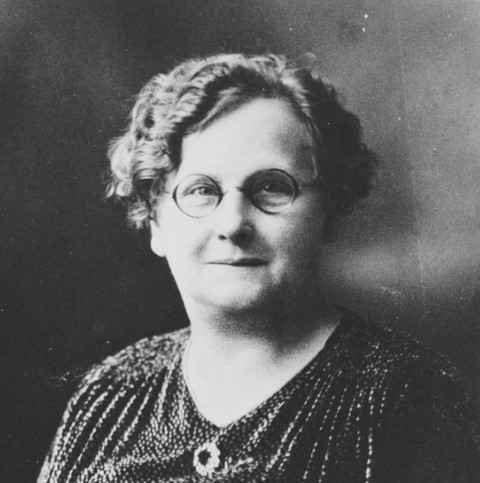
Susan Adelaide Holmes was born in Geashill in Ireland on 28 December 1871, the fourth of nine children born to William Nassau and Maria Susan Holmes nee Ardagh. Susan left Ireland with her father and six siblings on board the SS Clifton arriving in Melbourne. Within a year William placed the four youngest children in Melbourne Orphan Asylum in Brighton. Susan assumed the maternal role of her younger siblings, leaving the orphanage at the age of 18.
Susan met Edgar Harold Jefferies Casson in Melbourne and travelled to Western Australia where they married in 1897. Susan and Ted, a railway unionist, had one girl and five boys, two of whom died in infancy.
After tragedy struck the family on 8 June 1909 with the sudden loss of Edgar, Susan was left to support her four children. The union organised for the family to move into a large home on Beaufort Street. Susan used the home as boarders’ accommodation, sub-letting the house to provide an income for the family. In the following years Susan began helping others in need and contributing to the community.
In 1911, Susan became president of the newly formed women’s branch of the Australian Labor Federation. She was re-elected secretary of the Labor Women’s Organisation in 1913. In 1917 Susan won the role of ‘woman organiser’ for the ALF Metropolitan Council to drive women to join unions.
Susan was one of the first women to be appointed to the bench as a voluntary Special Magistrate for the Children’s Court and five years later, was officially appointed Justice of the Peace in 1920.
Susan founded the Mental Hospital After Care and Comforts Fund (MHACCF), now called Casson Homes, which is believed to be one of the first charities for mental health patients in Australia. She believed in the necessity for discharge of patients and rehabilitation into the community.
In 1948 Susan was awarded an MBE for her life’s work caring for those with mental illness. Two years later, Susan retired and handed the responsibilities of Casson Homes to her daughter Matilda.
On 23 April 1952 aged 80, Susan died in Heathcote Hospital.
WA Women’s Hall of Fame Inductee 2012
Acknowledgements
The Metropolitan Cemeteries Board acknowledges WA Women’s Hall of Fame and families of the WAWHOF Inductees for their invaluable contribution to the establishment of this project.
The Board further acknowledges the committee members who were responsible for the concept, research and preparation of the material for the original Karrakatta Historical Walk Trails:
Mr Bruce James, MCB Board Member
Mrs Lee Fernie, RWAHS
Dr Leonie B. Liveris, Historian, MCB Board member
Mr Bill Bullock, Community Relations Consultant, MCB (retired)
Bibliography
Australian Dictionary of Biography, Carlton: MUP, 1966-.
Australian Dictionary of Biography, Oliver Vol 18, 2012 Australian Encyclopedia, Sydney Goolie Society, 2nd Edition 1958
Australian Dictionary of Biography, Vols. 7-12, 1891-1939. Melbourne: MUP, 1979-1990.
Biographical Register of the Australian Labor Movement 1788-1975
Bontempo, Karen and Hodgetts, Josie History of the WA Deaf Society 1921-2001, Chapter 10 The Legacy of the Levitzke Family
Ceccarelli, Dr Marco, The Record 15 Jan 2015
Erickson, R, Dictionary of Western Australians 1829-1914, Nedlands: UWAP, 1979.
Gard, Dick Reflections, Profiles of 150 Women who helped make Western Australia’s history, Roberta Jull pg 54, Susan Casson pg 107
Hansard Extract Wed 14 Sep 2005, p5304c-5305a Bob Kucera
Health Matters Issue 3, 2016 p21: Lois Gatley; Shining a Light on Lung Cancer
Hunt, Lyall (ed.), Westralian Portraits, Nedlands : UWAP, 1979.
Liveris, Leonie B, The Dismal Trader. The
Popham, Daphne, Reflections, Perth: Carrolls, 1979.
Millsteed, Jeannine, PhD “Mary Ann Millsteed” Received by S. McGunnigle, 22 Jan 2024
Parliamentary Library of Western Australia. History Notes: Women’s Firsts Portraits – Ruby Hutchison Sep 2022
Pattison, Cate The History of the Casson Family and Casson Homes in Western Australia 1897-2017
Reid, Arthur, Those Were the Days, Perth: Hesperian Press, 1986.
Stannage, C T, The People of Perth, Perth: Perth City Council, 1979.
Stannage, C T The People of Perth, A Social History of Western Australia’s Capital City, Perth : Perth City Council, 1979.
Stannage, C T, (ed), A New History of Western Australia, Perth: UWAP, 1981.
The Perth Voice Interactive April 29, 2021
The Weekend Mail.
The West Australian. Woronoff, Olga, Upheavel, New York: G P Putnam, 1932
Vaughan, Trevor “Walking with Western Australian Women-Grace Vaughan”, Received by S. McGunnigle, 19 Jan 2024
Photographs
Ruby Hutchison
Pirola Family Collection
Margaret Hubery
Hubery Family Collection
Lois Gatley
Gatley Family Collection
May Holman
RWAHS
Edith Dircksey Cowan
RWAHS
Roberta Jull
Drake-Brockman Family Collection
Grace Drake-Brockman
B859
Margaret Forrest
SLWA 90786PD
Bessie Rischbieth
R1166
Annie Dorrington
Australian National Flag Association (WA)
Mary Millsteed
Millsteed Family Collection
Roseann Fuhrmann
The West Australian MZ6260
Alice Stockley
Stockley Family Collection
Grace Vaughan
Vaughan Family Collection
Mary Levitzke
Levitzke Family Collection
Sr. Katherine Clutterbuck
RWAHS
Susan Casson
SLWA 9267B Vol 142
The Board gratefully acknowledges permission to use photographs from the State Library of Western Australia, the Royal Western Australian Historical Society and from private family collections.
